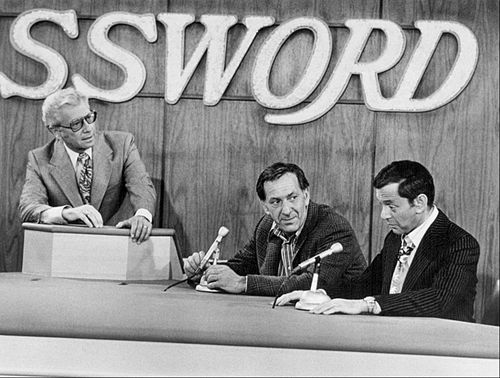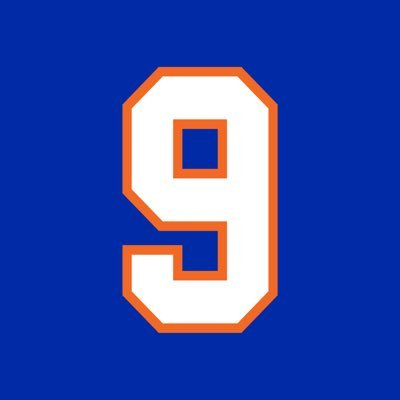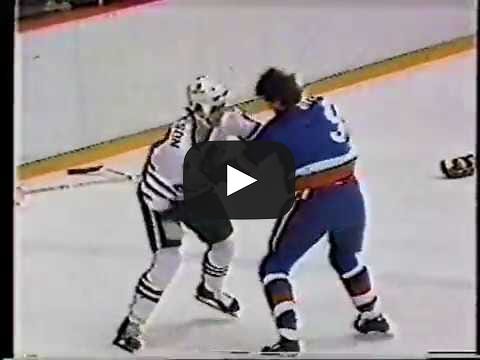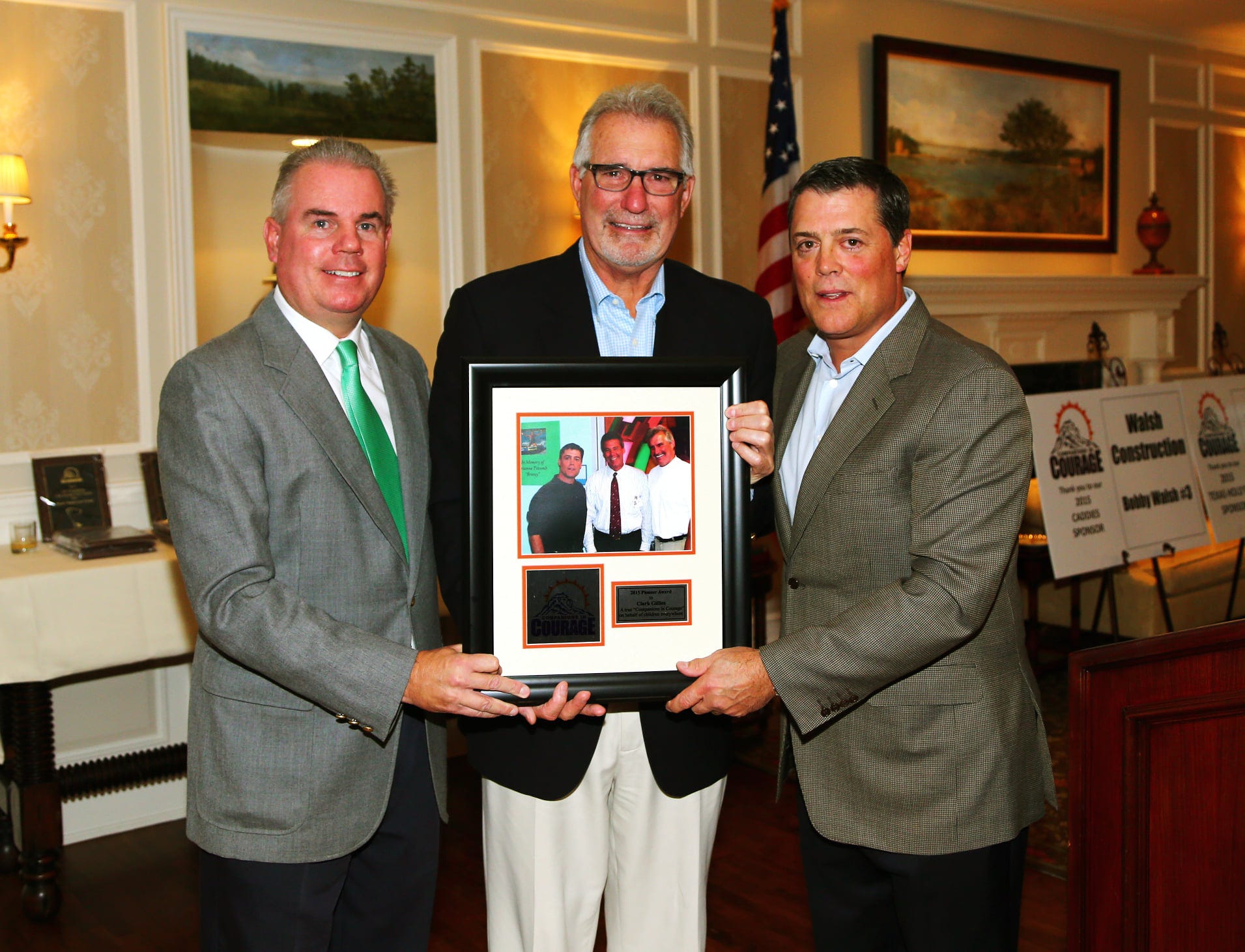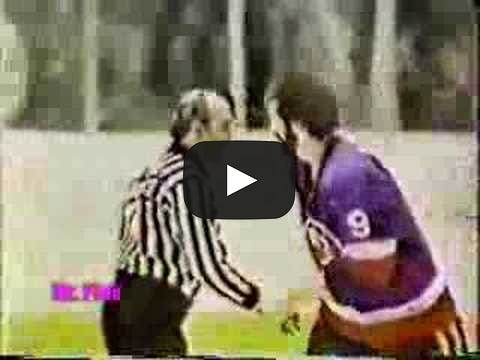Bruins Fall from No. 5 to No. 7 Pick
ELMONT – (Staff and Wire Service Report) – Despite having the 10th-best chance of winning the draft lottery at 3.5 percent, the New York Islanders secured the No. 1 pick in the 2025 NHL Draft on Monday.

The Islanders will have the top overall selection for the first time since drafting John Tavares in 2009 and the fifth time overall. In 1972, the team selected forward Billy Harris, followed by Hall of Fame defenseman Denis Potvin in 1973. In 2000, goaltender Rick DiPietro went No. 1 overall to the Islanders.
“The hockey gods smiled on us,” Islanders director of pro scouting Ken Morrow said at the lottery, not mentioning his connections to said gods via the 1980 Miracle on Ice team and four consecutive Stanley Cup championships thereafter. “And I can’t tell you how thrilled I am for Islander fans, for our ownership, for the entire Islander organization.
“It’s adding to the tradition that the Islanders have. A great fan base, a new arena, terrific ownership, and better days are ahead here.”
This year’s draft will be held in Los Angeles on June 27-28. Day 1 will feature the first round, followed by rounds 2-7 on Day 2.

The lottery only determined the top two picks, with the rest of the non-playoff team lottery field slotted by order of finish in the 2024-25 standings. The remaining selections (Nos. 17-32) will be ordered by playoff results.
Following the Islanders in the draft will be the San Jose Sharks, the Chicago Blackhawks and the Utah Hockey Club. The Sharks had the best chance to land the No. 1 pick at 18.5 percent. Utah won the drawing for the No. 2 pick, but rules state that a team can move up a maximum of 10 spots, so the franchise leapt from the would-be 14th spot to No. 4.
Rounding out the top 10 will be the Nashville Predators, Philadelphia Flyers, Boston Bruins, Seattle Kraken, Buffalo Sabres and Anaheim Ducks.
The Pittsburgh Penguins have the No. 11 pick, followed by the New York Rangers, Detroit Red Wings, Columbus Blue Jackets, Vancouver Canucks and Montreal Canadiens.
As for whose name might be called first on June 27, defenseman Matthew Schafer of Erie in the Ontario Hockey League, center Michael Misa of Saginaw (OHL), Boston College center James Hagens, center Jake O’Brien of Brantford (OHL) and defenseman Radim Mrtka of Seattle in the Western Hockey League are the top five skaters on NHL Central Scouting’s final rankings.
On Central Scouting’s list of international skaters, center Anton Frondell and right wing Victor Eklund, who play for Djurgarden in Sweden’s second division, are ranked No. 1 and 2, respectively.
–Field Level Media

